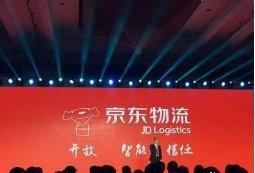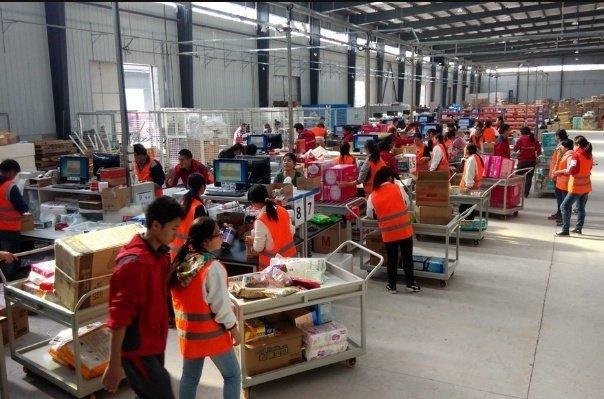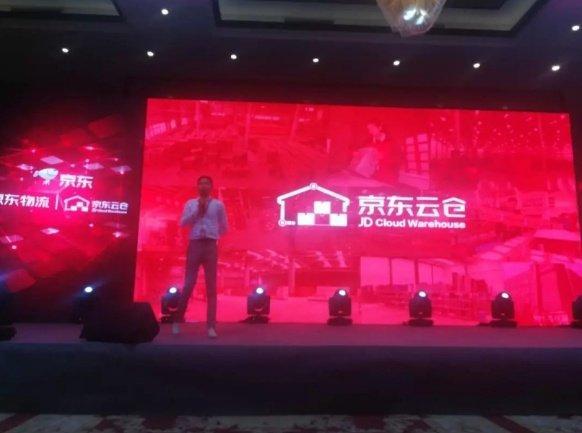对于普通消费者而言,京东快速的物流体验,曾经是最吸引他们的地方,虽然直到今天京东物流的速度仍旧保持领先,但不可否认的是,随着阿里菜鸟和四通一达的物流联合布局,物流整体时效性已经得到显著提升,京东正在渐渐失去其物流速度的绝对优势。

On the other side of the platform, for JD platform merchants, the timeliness of JD Logistics has indeed improved its "customer experience" to a certain extent, but this pain point is still from the perspective of the C-end. What merchants care about is not timeliness, but whether they can make money.
There are many factors that determine whether e-commerce merchants can make money. In the final analysis, it is nothing more than the proportion of "cost" and "gross profit".
The merchants who open stores on the JD platform are not because of the speed of JD Logistics, but because of the consumer traffic attracted by JD speed.
After JD.com’s front-end traffic hit the top, JD.com chose to open its signature logistics services to the whole society, hoping to use logistics to drive business flow and thus open up new profit channels. Under such strategic decisions, JD Cloud Warehouse, which integrates social logistics resources and uses JD Logistics brand and standards as its selling points, came into being.
The concept of cloud warehouse that emerged in 2018 was originally proposed to introduce the technical concept of cloud computing into logistics management. However, as various WMS, TMS and other warehousing and logistics software fill the market, cheap or even free logistics management software makes the "cloud warehouse" system become increasingly low and the threshold is getting lower and lower.

Logistics management itself is not something that requires too much technical content. Except for KA large merchants or industry leaders who have high demand for back-end supply chain management, most merchants do not use cloud warehouse services such as "inventory sharing" and "intelligent management".
Merchants with cloud service needs either develop their own systems or buy out the system at a high price to use it themselves. This is for convenience, and it is also for the sake of their own data security.
This makes technical service providers like JD Cloud Warehouse, which claim to be technology-leading, have an embarrassing position in the logistics market.
It is reported that although JD Cloud Warehouse, a subsidiary of JD Logistics, currently covers more than 500 warehouse resources across the country, at least nearly 1,000 merchants have entered the cloud warehouse. However, these merchants joining the cloud warehouse is not due to technical needs, but more because of the traffic demand of JD platform such as "Beijing Packaging Marking".

In other words, after merchants join the cloud warehouse, they first send the goods to the cloud warehouse for storage, and then arrive at the end consumers through JD.com. After such "into the warehouse" + "Beijing distribution" operations, merchants on the JD platform can enjoy the "JD Logistics" marking rights. With this target, SKU's traffic at JD.com's front desk will increase significantly, thereby increasing sales and bringing profits. These profits will eventually offset the cost of "entry entry", and merchants will benefit from it.
It can be seen that the cloud warehouse operates in this way is not the application of technology in logistics, but just drives 3PL logistics cooperation through traffic. What are the characteristics of the merchants that cloud warehouse truly solves? Improved logistics efficiency through intelligent systems, it is probably only considered a pseudo-pain point at present.





![#Laogao E-commerce Newsletter# [June 9 E-commerce Morning Newsletter]](/update/1623210154l612516590.jpg)
![#Laogao E-commerce Newsletter# [May 9 E-commerce Evening News Brief]](/update/1683623157l833348163.jpg)


 EN
EN CN
CN
